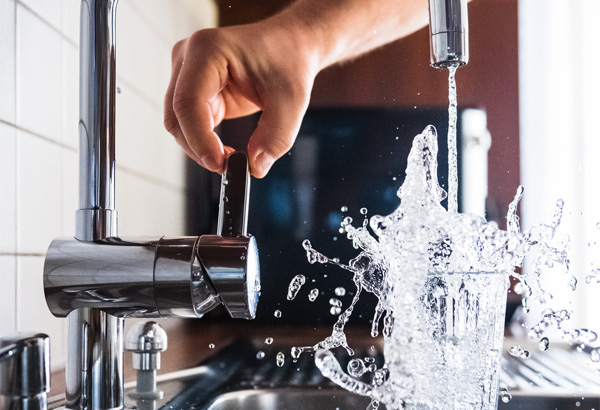We cannot control what can happen in our everyday lives. Even if we think we have everything in order, emergencies can still occur. One such crisis is a busted house plumbing.
You suddenly have a flooded basement. The kitchen sink is spouting water non-stop. Worse, the toilet water is overflowing. What do you do? The first thing is to call Emergency Plumbing Services! They are experts in these situations and know exactly how to fix them. They are also trained professionals and have the right equipment.
Once you call the professional plumbing services for help, you can still do some light band-aid fixes yourself while waiting.
Here is a quick list of seven things you have to do during a plumbing emergency and while the plumber is still on his way.
Turn Off the Water
Overflowing water can damage your furniture, walls, and carpets. You have to turn off the water source nearest to the flooding. If it is flooded in the bathroom, shut off the water supply there.
If you cannot find the water valve, it might be useful to turn off the main valve to stop the flow of water to your whole house. This way, you can prevent further damage while you wait for the Emergency Plumbing Services.
Check the Water Heater
The next step is to check your water heater, especially if it is gas.
After turning off the main valve, turn off the gas. And then turn off the water heating unit. That will prevent it from overheating and from bursting out. You don’t want to incur extra expenses for the emergency.
Turn Off Electricity
Sometimes the flooding may happen in an area where you have electronics or nearby sockets in place (such as in a kitchen). Assess if water has gotten in the appliances or outlets as it is hazardous if it does.
Turn off the electricity in the area where the flooding has happened to avoid further risks.
Identify Where the Leak Is
After doing the safety measures above, you have probably controlled the water flow. It is time to check where the leak is happening. Survey the area and try to figure out where the main leak is.
Control Small Leaks
Upon inspecting, you might be able to find small leaks. You can remedy the situation by using towels, rugs, or even placing buckets to control the water. It is like first aid while waiting for the doctors to treat the emergency.
Clear Faucets, Drains, and Spigots of Water
Sometimes, water will still be in the pipes after turning off the water valves. You can be more vigilant by clearing out drains and spigots outside your house. If you have any clogs, you can use a plunger to drain it gently. Do not use chemicals as of the moment to drain them out, as they may cause further damage.
Clean What You Can
Lastly, you can clean what you can. You can mop the wet areas. Wipe off water from furniture and fixture. Your plumber can take out excess water after. Doing that can prevent further damage to your house items.
